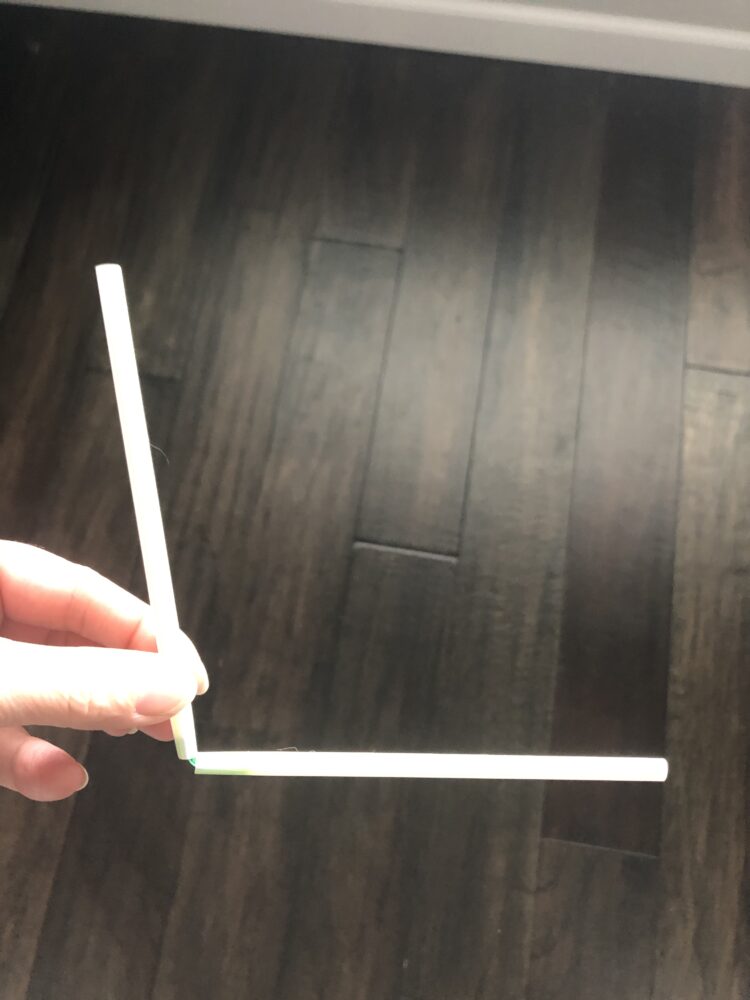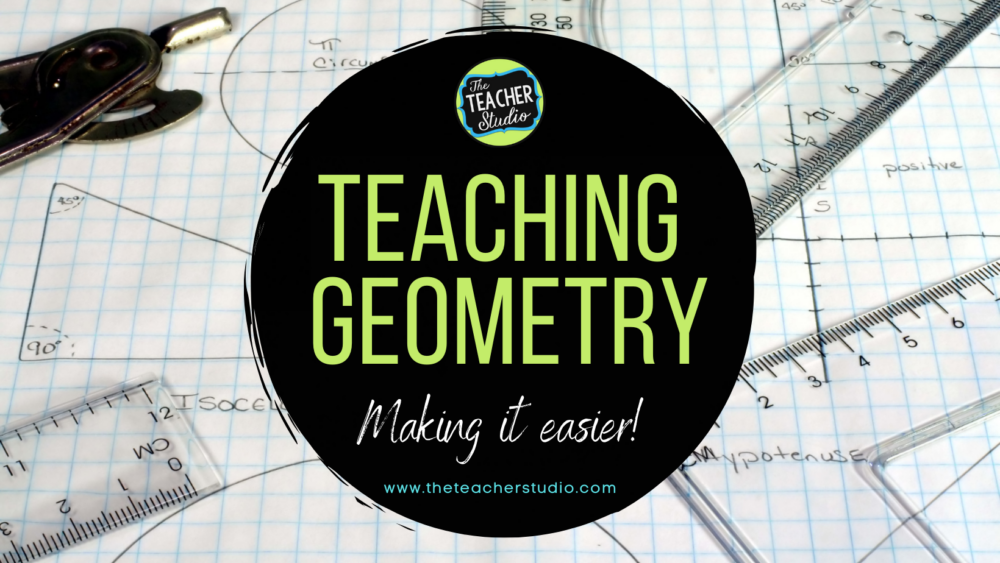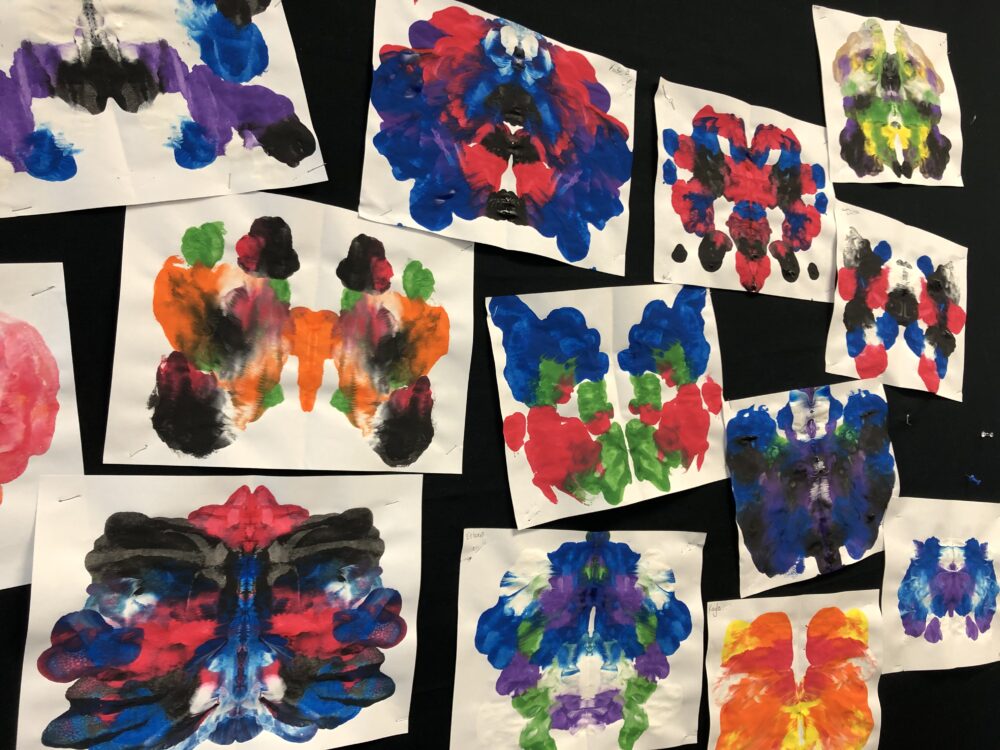What makes geometry lessons challenging for so many students in elementary school? Many of us have our own preconceptions about geometry, possibly stemming from our own struggles in high school with geometry. In fact, many of us did really well with the “numbers” math like algebra but felt the walls crash down during geometry. The same is sometimes true for students experiencing geometry lessons for the first time. So what makes geometry so challenging for some students?
Geometry Vocabulary
There are SO many terms that we throw at students when we teach geometry–some of which are even hard to read and say! Suddenly we want students to remember and use terms like “obtuse” and “perpendicular” and “vertex” when those words are all completely novel to most students.
What do we do about it?
Provide students with as many different ways to learn the new words as possible. Categorize the words. Illustrate the words. Post the words. Create clever ways for students to remember the words. For example, I teach my students that the word “parallel” has 3 parallel letter “L”‘s. I remind them that a vertex is shaped like a “V”. All of these little clues can help anchor these tricky words in students’ brains. We draw posters with different types of shapes. We do “angle art” to help cement the differences between different types of angles. (CLICK HERE to see more about that!). The more exposure we give students, the better the chance they will remember all of these tricky terms. Remember, you can’t expect students to acquire new vocabulary quickly or with only one exposure.
Abstract Concepts
To go along with this, we have to remember that many geometric concepts are very abstract for students. The idea that an angle is “bigger” than another is so challenging when students are used to the idea of “big” meaning longer, wider, and so on. The idea that angles are measured in terms of “openness” is very abstract. Building models to help (for example, two straws connected with a twist tie that can be opened and closed) can help make these concepts more attainable.
Similarly, concepts such as “lines go on forever” but “segments are a piece of a line” can be very abstract for students. Add in the fact that we want students to use capital letters to label things, that some geometry concepts get two letters (like lines, segments and rays) but others (like angles) get three. There is a lot for students to remember and make sense of! Finding different ways to make connections in tangible ways is key. My students remember a segment is a piece of a line once I tell them about segments of oranges as being smaller pieces of an orange.
Make a poster with examples of correctly drawn lines, rays, and segments can help students “see” the difference and how they are labeled. Want students to identify parallel and perpendicular lines in a shape? Don’t just point to them; let them trace and highlight them or even cover them with toothpicks or wikki stix. Let them take photos of places in the real world and use technology tools to trace over them. Use licorice pieces to model them. Give them something tangible and visual.
Spatial Reasoning
One thing that is always interesting to me is how some students who multiply and divide with ease sometimes struggle with geometry–and the inverse as well. Students often struggle with spatial reasoning. They may “see” a right angle if it is facing in one direction but not if it appears at an angle. They may recognize two parallel lines in isolation but not when presented in a quadrilateral. We need to give students a chance to “see” geometry concepts in different formats–whether we are drawing, looking at objects in the classroom, studying shapes, and more. Often, textbooks give very limited opportunities for students to see things in different ways.
Truly, some students need to physically hold, spin, fold, or trace over shapes to see and “feel” what a right angle is or what perpendicular means. Even moving their arms into different positions or forming their index fingers into perpendicular lines can help students who don’t innately see these concepts.
Check out the cool symmetry “prints” we made–where students physically MADE the mirror image by putting paint drops on one side of the fold. They pressed down and immediately saw the line of symmetry. They loved it! This prepared them so well to do some more paper and pencil work on this topic.
Geometry Lessons and Instructional Pacing
So often, geometry “chapters” in a book come toward the end–a time when focus is perhaps less concentrated. Also, we tend to pack SO much content and so many geometry lessons into a short unit, that it’s no surprise that students get confused. There are so many concepts and so much terminology, and it all starts to blend together for some students. A few things to consider:
- Consider several smaller units throughout the year that build on each other
- Make ties to geometry all year long with other concepts (For example, when you teach area and perimeter, make connections to rectangles and parallel and perpendicular lines)
- Give lots of “real world” time to explore geometry. Take photos and highlight different concepts. Build angles out of straws or popsicle sticks. Go on “hunts” for different shapes. Use art and other visual media to make charts, posters, and so on WITH the students.
- Don’t just “show” different geometry concepts–let the students draw and build rather than just “look”.
- Help students make connections between geometry and real-world connections. Look at rooflines and trusses. Talk about why windows need to have parallel and perpendicular lines. When does the angle of something matter?
- Provide LOTS of practice experiences!
Need Help with YOUR Geometry Lessons?
My district’s curriculum resources simply didn’t do geometry concepts justice, so I have created some of my own to help my students engage in geometry and be successful. Check these out and see if any will help YOU and your students!
You can see some of these in action in this post! Each set covers a different geometry concept and gives several different types of practice activities related to each. The bundle is available at a greatly reduced price. Everything you need to teach the geometry standards for grade 4 (and tied to grades 3/5 as well) is included. Print and digital.
Geometry Math Sorts and Angle Math Sorts
If you haven’t seen or read about my math sorts, I’d love for you to check out one of my posts all about it (although clear directions with photos are included. You can CLICK HERE to read one of the posts all about it! These two sets of sorts form the foundation for our math talk during this unit!
[one-half-first] [/one-half-first]
[/one-half-first]
[one-half] [/one-half]
[/one-half]

Looking for some fun and meaningful ways to tackle teaching angles? These are FAVORITE activities of my students, and they really “get it” by the time we finish.

Make sure you follow me on Facebook, Instagram, and my TpT store for updates and more! CLICK HERE to sign up for my weekly newsletter so you don’t miss an update, sale, or blog post!









